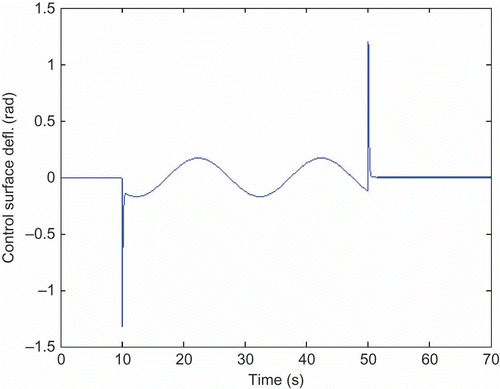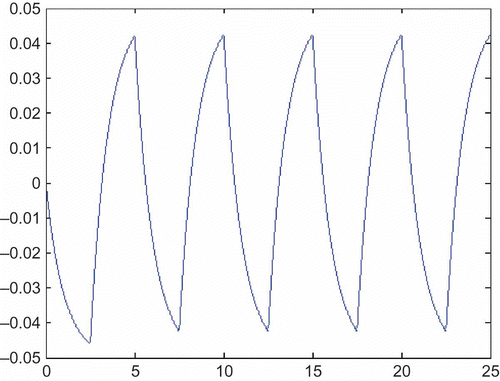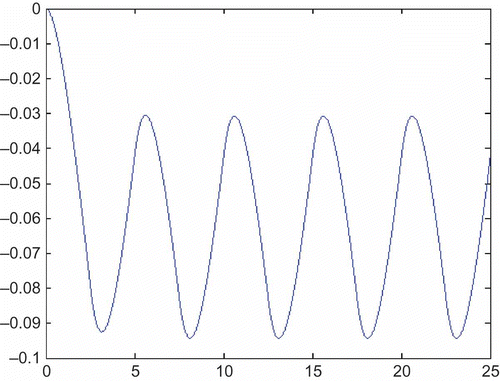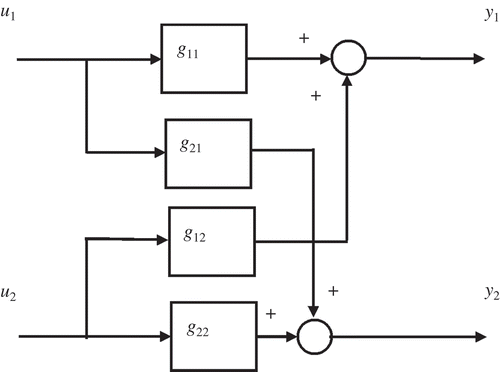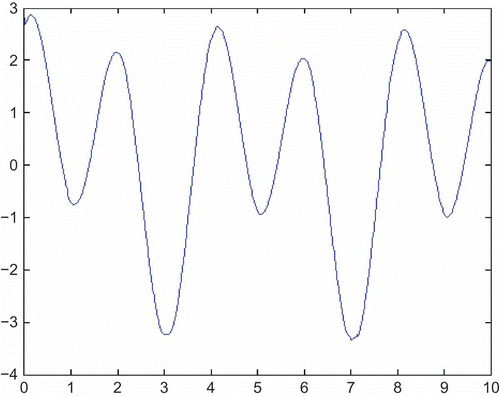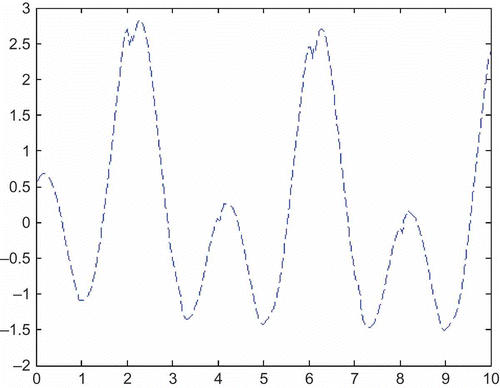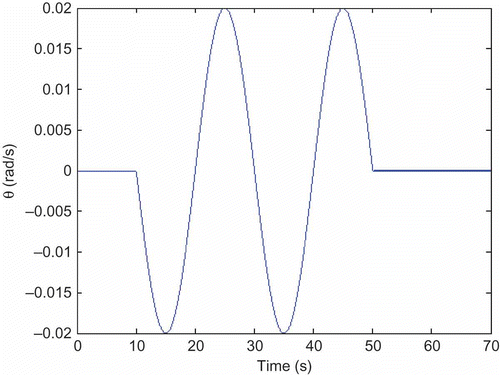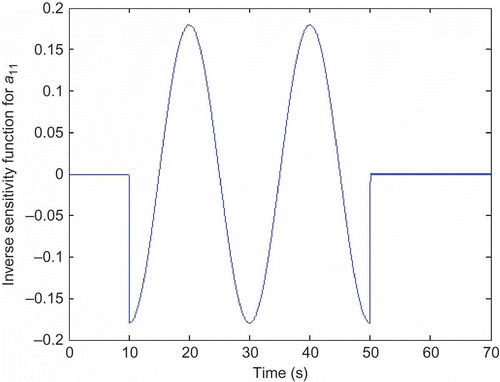Figures & data
Figure 1. Block diagram illustrating the relationship between the system model and the corresponding sensitivity model for the general case of a multi-input multi-output system model.
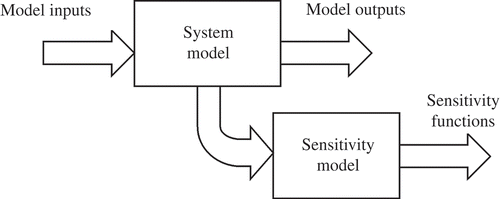
Figure 2. Block diagram of inverse model and sensitivity model for the case of a linear time-invariant model described by a realizable inverse transfer function 1/G*(s).
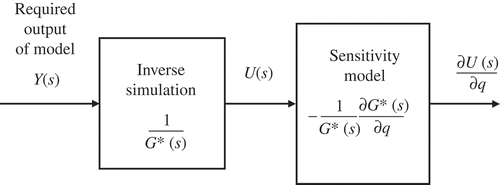
Figure 3. (a) Input signal required to give the specified repeated ramp output, as generated by inverse simulation. (b) Output of the model when subjected to input found from inverse simulation.
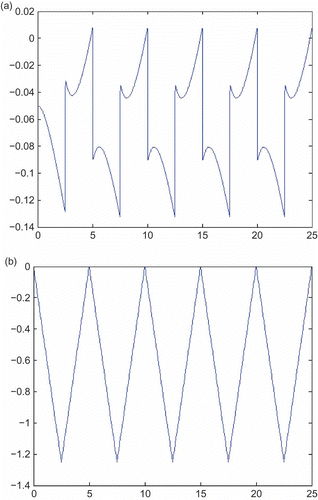
Figure 4. (a) Sensitivity function determined from the sensitivity model. (b) Sensitivity function
determined using the parameter perturbation approach for a change of 10% in the parameter a.

Figure 8. Block diagram of sensitivity model for determination of the inverse sensitivity for j parameters of a SISO linear model G(s) using the sensitivity model approach.
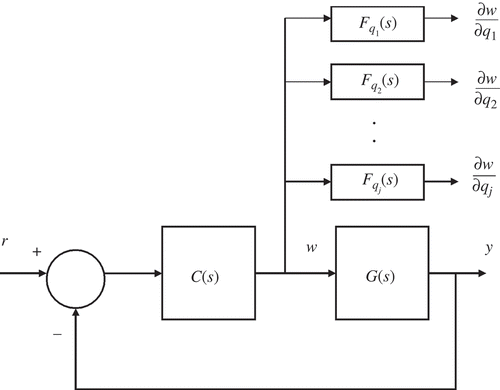
Figure 9. Root locus diagram, for the feedback system used for the inverse simulation of the transfer function G(s).
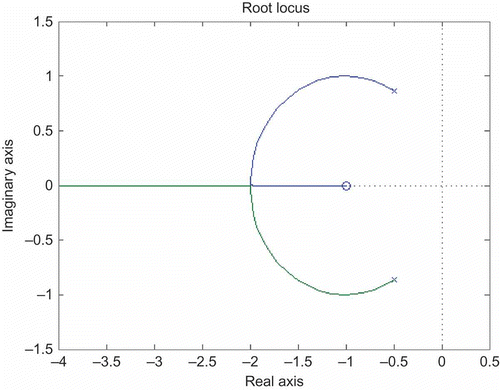
Figure 10. General form of block diagram for inverse simulation of a two-input two-output model. The signals w 1 and w 2 represent the inverse solutions.

Figure 11. Structure of Channel C1, which represents a single-input single-output model for the system-linking reference input r 1 and output y 1 with an additional disturbance pathway representing the effect of reference input r 2. For output y 1, this is equivalent to the structure of the two-input two-output diagram of Figure 10.
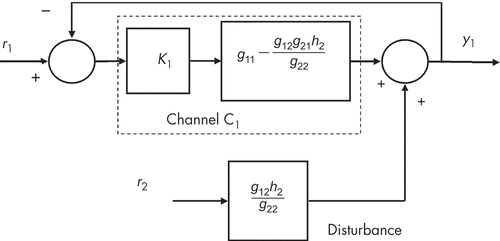
Figure 12. Structure of Channel C2, which represents a single-input single-output model for the system linking reference input r 2 and output y 2 with an additional disturbance pathway representing the effect of reference input r 1. For output y 2, this is equivalent to the structure of the two-input two-output diagram of Figure 10.
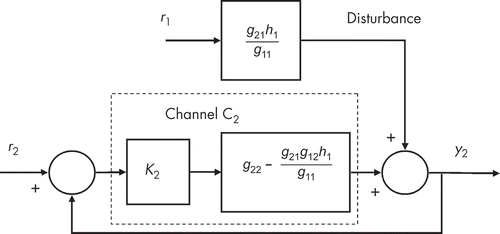
Figure 15. Stern-plane input signal found from inverse simulation for required trajectory involving a demanded sinusoidal change of pitch angle for gains of 300,000 in the feedback loop involving θ and 6000 in the feedback loop involving q.
